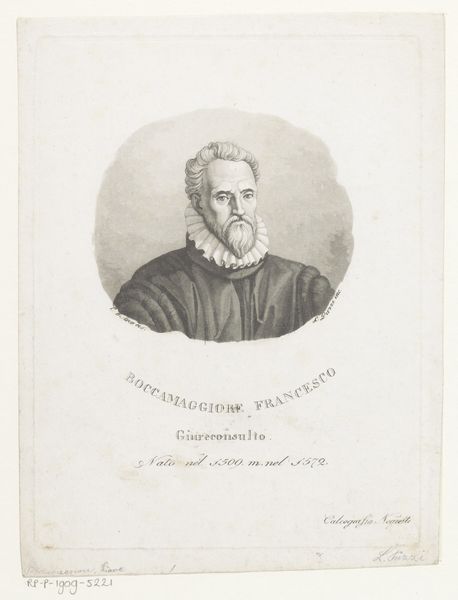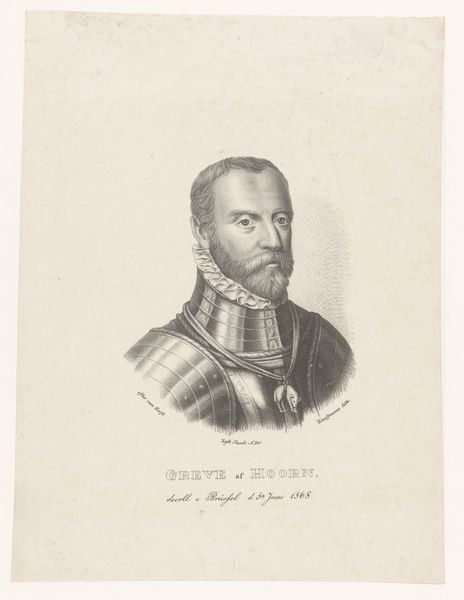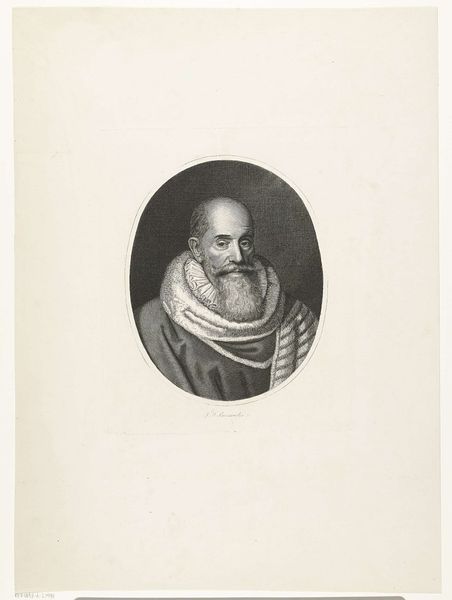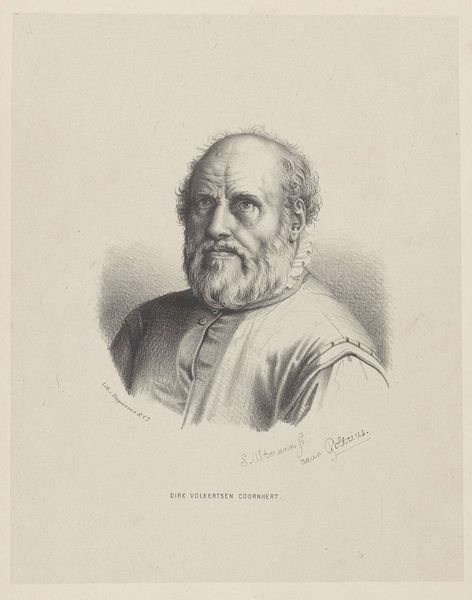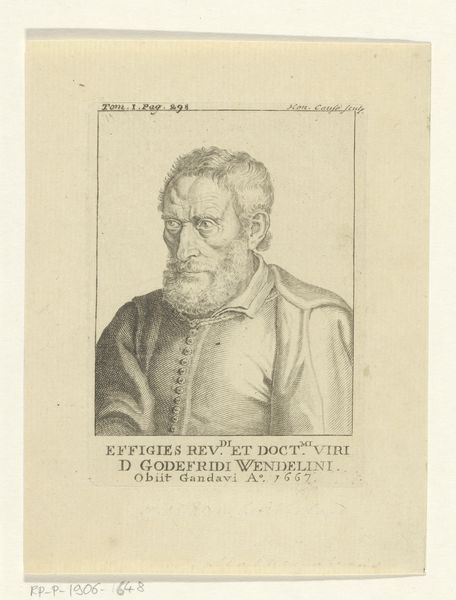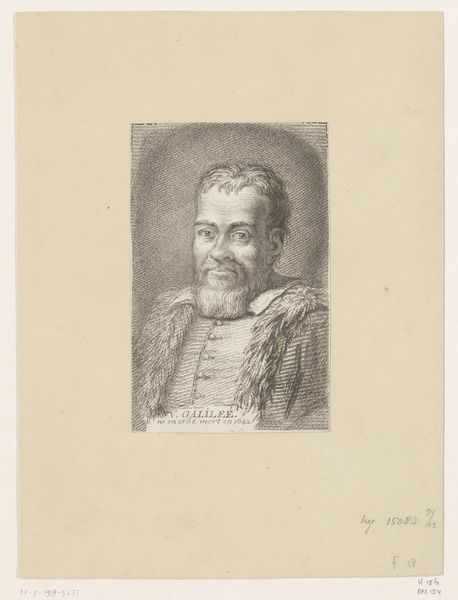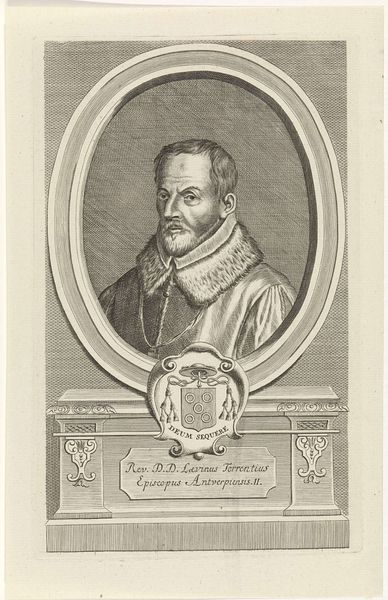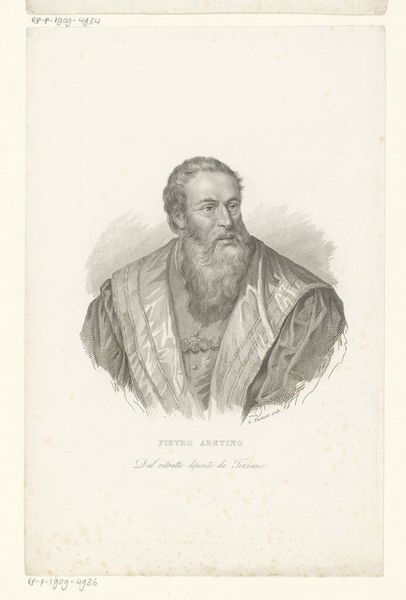
drawing, pencil, engraving
#
portrait
#
pencil drawn
#
drawing
#
dutch-golden-age
#
pencil sketch
#
old engraving style
#
pencil drawing
#
pencil
#
engraving
#
realism
Dimensions: height 430 mm, width 290 mm
Copyright: Rijks Museum: Open Domain
Curator: So, here we have "Portret van Pieter Adriaansz. van der Werff," created sometime between 1809 and 1867 by Abram van der Horn, using pencil and engraving. What’s grabbing you right away? Editor: Gosh, it feels like peering into a rather stern, yet distinguished, historical dream. There’s this quiet intensity to his gaze, all captured in pencil and engraving, which softens what I imagine must have been quite a powerful presence. Curator: The context, I think, is everything. Consider Pieter Adriaansz. van der Werff was a mayor during the Leiden siege, and this portrait speaks to representations of Dutch identity. The ruffled collar, the medal – each symbol tells a story about leadership and societal expectations. Editor: Right, you instantly pick up on the visual vocabulary of power and civic duty! For me, though, there's also an unexpected intimacy in those finely etched lines around his eyes. The artist manages to catch this, shall we say, glimmer of something… almost vulnerable? Curator: Absolutely, and within portraiture, we have to remember the power dynamics at play – who is being represented, who is doing the representing? These were almost exclusively wealthy men, forming a lineage, while others—particularly women—are notably excluded from this pictorial record of achievement. Editor: Oh, that's interesting; like how do you break through the surface of that image-building to question what really endures about Van der Werff beyond his role in society and historical legacy. I find the artistic rendering offers space for questioning these narratives by focusing so closely on capturing his essence. Curator: Well, considering contemporary debates about whose stories we amplify through monuments and images, examining who gets immortalized in art matters quite a lot when talking about cultural power. The work exists beyond its aesthetics—touching notions of history, race, class, and gender within its composition. Editor: It makes you reflect. Is art more about remembering someone's actual soul, or how they wished to be seen by future citizens and town officials? In many ways it seems that, despite the inherent male-driven subject matter, this portrait can bring forward essential feminist ideas today. Curator: I think that is where contemporary approaches to this artwork make it relevant. We learn about historical realities that affect modern sensibilities. Editor: Yes, precisely. It's like meeting this figure, shaking hands, and realizing the picture frame holds up a very complicated mirror to ourselves.
Comments
No comments
Be the first to comment and join the conversation on the ultimate creative platform.

